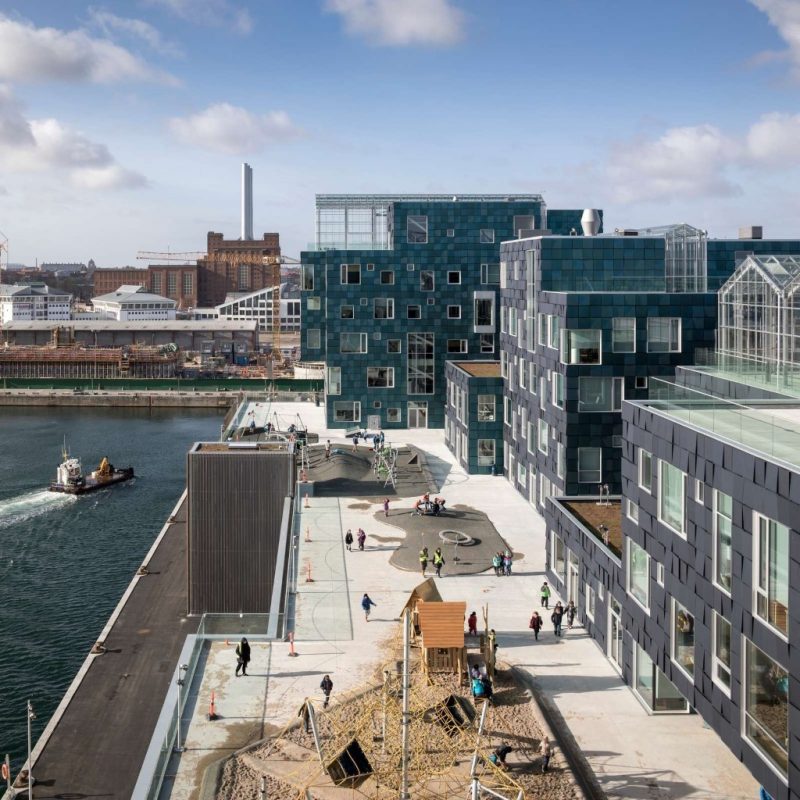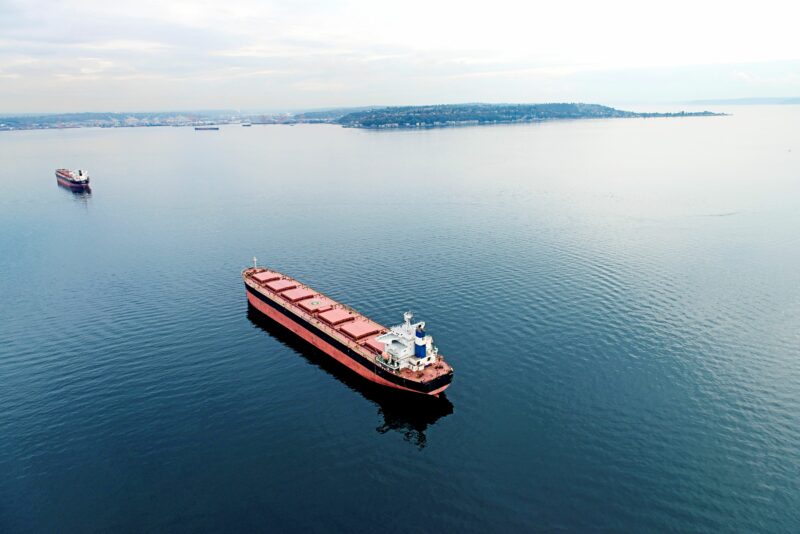In recent years, strong economic growth has led to significant increase in Vietnam’s energy consumption and CO2-emissions. Being one of the fastest growing economies in Southeast Asia, it is vital that the country find ways to decouple economic growth from energy consumption and invest in renewable energy and energy efficient technologies.
To this, a line of tangible recommendations has been outlined in the ‘Viet Nam Energy Outlook Report – Pathways to Net Zero’, which is the fourth report in a series of outlook publications under the Danish-Vietnamese Energy Partnership Programme. The report presents scenarios for the development of the Vietnamese energy system towards 2050, focusing on analysing realistic pathways for Vietnam to achieve its net-zero commitment by 2050.
The report shows that the most cost-effective way to support Vietnam’s sustainable growth is through significant expansion of solar and wind power, as well as the electrification of transportation and industry.
Particularly, the report puts forward concrete recommendations on how Vietnam can achieve climate neutrality by 2050 and ensure that the CO₂ emissions peak by 2030.
With enormous potential for solar power, onshore and offshore wind, Vietnam is well positioned to transform its energy sector from fossil fuels to renewable energy and leverage its national resources. The report demonstrates how Vietnam through massive expansion of renewable energy, along with electrification of its industry and transport sectors, can secure a cost-efficient green transition and reach its target of net-zero emissions in 2050, while also reducing Vietnam’s dependence on energy imports. According to the analysis, an additional 56 gigawatts of renewable energy (17 GW onshore wind and 39 GW solar) must be added by 2030 if Vietnam is to stay on track for a carbon peak by 2030 and climate neutrality by 2050. Any delays in the transition will be costly, not least due to increased climate change impacts.
Integrating such vast amounts of fluctuating power generation in the power grid will require deliberate actions too. The report also shows how in the near term, the country’s coal-fired power plants must become more flexible, so that coal power can be turned down to give green power priority in the electricity supply while still providing backup capacity until storage and other solutions can be implemented.
Fulfilling Vietnam’s ambition to build 84 GW of offshore wind by 2050 requires strong commitment and immediate actions. Accelerating the issuance of a clear and predictable legal framework is particularly essential to attract the needed investments for the development of the offshore wind industry. Along this line, the report recommends that Vietnam starts designating offshore areas, preparing port infrastructure, and strengthening the power grid.
Read the report now

















